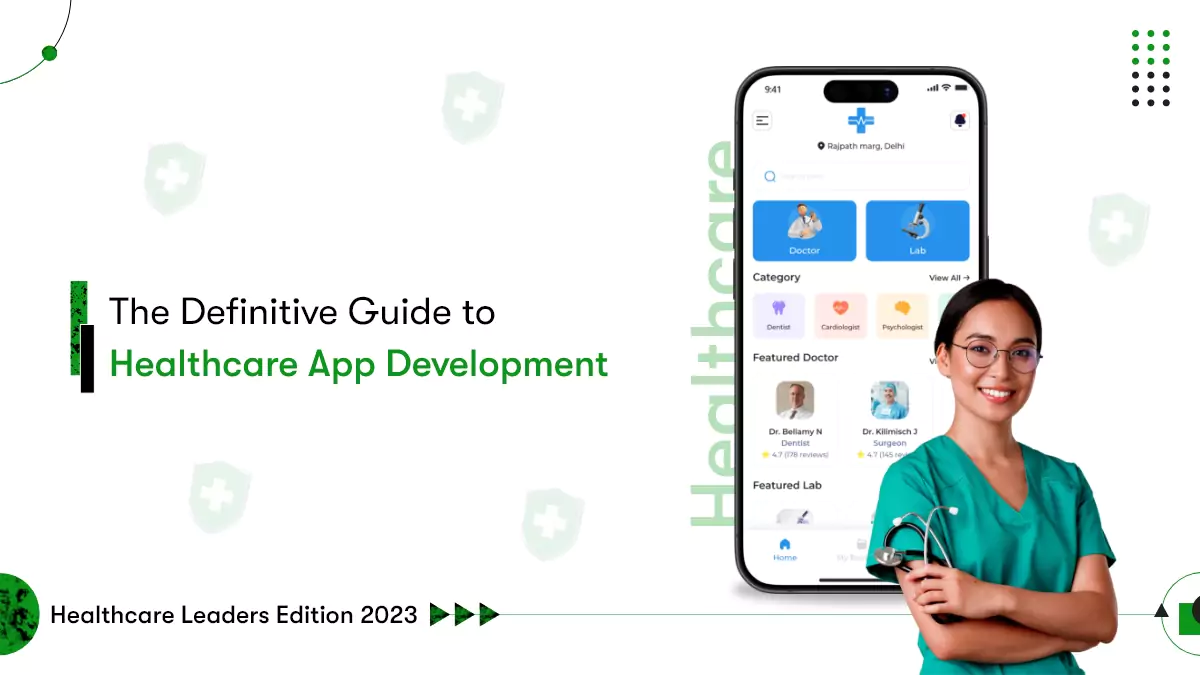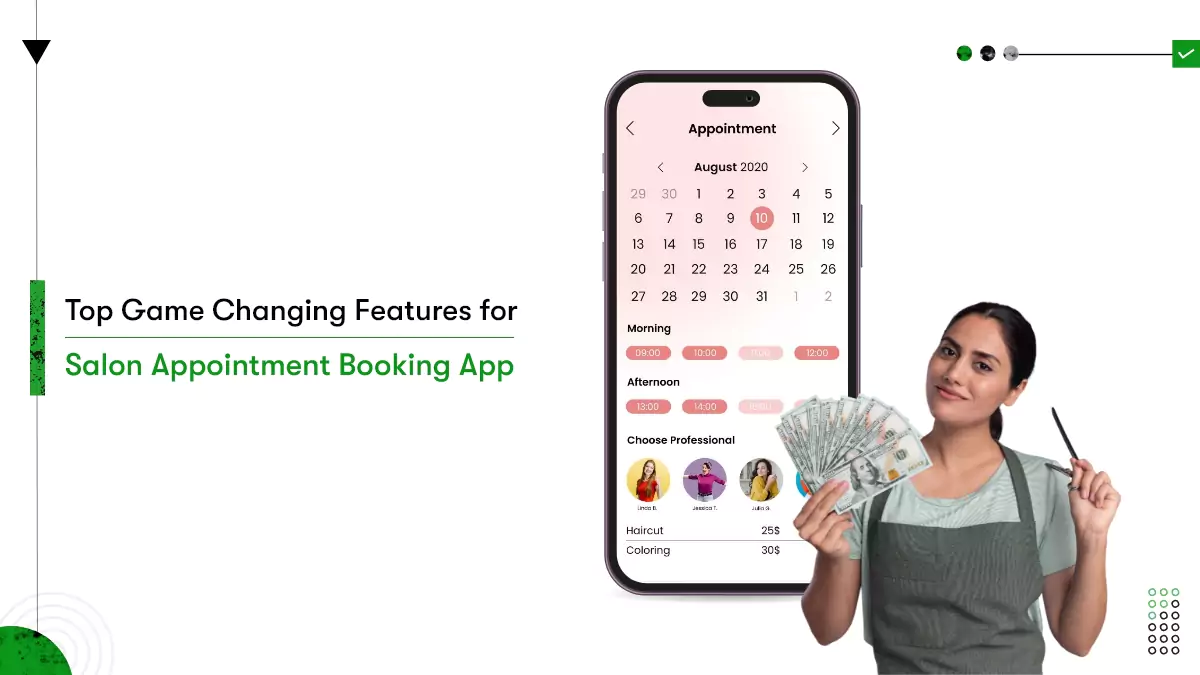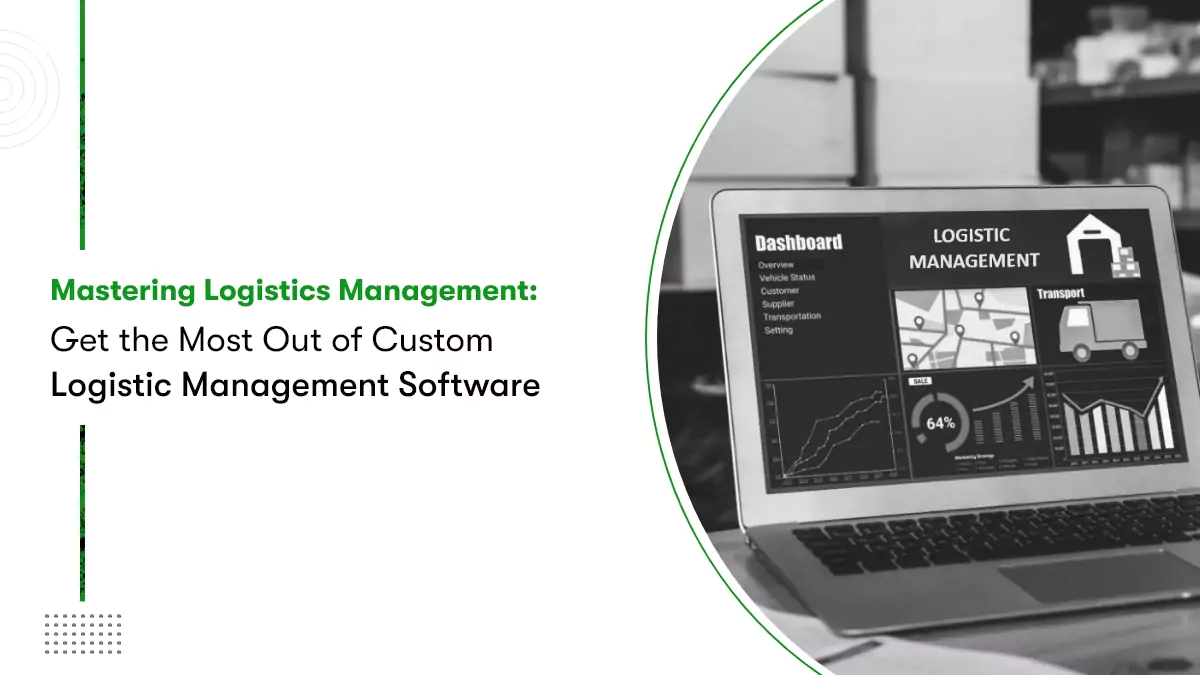INCONVENIENCE gives birth to a groundbreaking solution.
When Iqram Magdon-Ismail and Andrew Kortina, two freshman year’s roommates, stumbled upon the traditional point-of-sale software inadequacy while helping a friend launch a yogurt store, they got the idea of creating a transactional solution. And as soon as they faced the inconvenience of buying MP3s of the local jazz concert because of a missing wallet, their concept cemented.
The effect of that inconvenience resulted in an outstanding American mobile-payment service, i.e., Venmo. Thus, by building a mobile payment app like Venmo, the duo facilitated peer-to-peer digital payments. Soon it became the talk of the town, allowing fund transfer within a social network of friends and people in nearby geographical proximity.
Venmo was founded in 2009 and received $1.2million in funding in 2010. Its competitors are Apple Pay, Google Pay, Cash App, Zelle, etc.
If we talk about the P2P payment landscape for startups in 2022,
It’s likely to be highly competitive. Apparently, increasing acceptance of mobile banking and eCommerce, together with tremendous smartphone adoption, boosts the global P2P payment market. A Global consumer survey conducted by Statista in the US revealed that,
43% of consumers responded to the question, “How have you transferred money to friends and acquaintances in the past 12 months?” with “Using a direct money transfer service, e.g., PayPal.”
Furthermore, according to Allied Market Research,
In 2020, the global P2P payment market generated $1,889.16 billion and is projected to garner $9,097.06 billion by 2030, with a CAGR of 17.3% from 2021 to 2030.
Not to mention, COVID and its protocol to prevent the virus has also played a significant role in contactless digital payment. Moreover, many banks and financial institutions have also plunged into digital tools and techniques to facilitate customers with P2P payments.
Putting it all together, the demand for P2P payment app development increases with a snowball effect. This is a pure sign for entrepreneurs who want to make an app like Venmo in 2022.

Venmo Business Model
After researching hundreds of startups and deeply-rooted enterprises, I can say one thing for sure: the Business Model is the heart of any startup. Also, it’s the very step to start building what you want in a way that your business succeeds. And one of the crucial aspects of framing the business model is how your product will generate revenue.
Looking into Venmo revenue streams, however, clears how to make money with online payment systems without sounding greedy. For your information, the digital wallet is on track to draw $900 million in revenue for 2021. However, Venmo users are not charged for sending or receiving payments, neither they pay any monthly or annual fee. Hunh?
To tell you the truth, Venmo generates revenue via:
- Withdrawal and interchange fees,
- Spreads and fees on cryptocurrency transactions,
- Interest on cash and charges on cashing checks
- Affiliate commission from a cashback program that it offers to debit cardholders,
- 3% transaction fee on credit card transactions,
- Approx 2.9% charge from business partners on consumer-to-business transactions.
What’s more?
Partnering with global payment technology, Mastercard (MA), Venmo offers a debit card with all the features. With the card, users get the power to use their Venmo balance to pay anywhere MasterCard is accepted across the United States. On top of that, there’s also The Venmo Credit Card, a Visa-branded credit card.
Altogether, there are many ways you can make money with your P2P payment app. Nevertheless, you want to study your targeted location and payment patterns your audience highly adhere to. So then you can figure out which one is the right approach for you.

15 Striking Features For App Like Venmo Every Startup Payment App Must Consider
- ACH Payment Processing- Automated Clearing House alias ACH is payment processing that facilitates electronic transfers, bank-to-bank money transfers.
- Account & Debit/Credit Card Integration lets the user link their bank account into the app to proceed with any transaction.
- Barcode / Ticket Scanning- to scan QR code at checkout for the fastest payment.
- Sync Contact Database- to show the list of a user’s contacts available on the app to transfer money within the app.
- Data Security- to make every transaction and user data encrypted with a hacking-resistant ecosystem.
- Multi-factor authentication- despite sign-in credentials, it’s recommended to integrate a multi-tier authentication system either by using a PIN or fingerprints.
- Purchase API- for a mobile purchasing experience, Venmo offers another public API, “The Payment Links API,” that other businesses and websites use to enable online purchases through the app.
- Share Payments- an option for sharing or splitting the purchase by requesting other users to accept and pay to complete the payment.
- Point of Sale (POS) aims to cover as many platforms as possible, and PoS has no exception.
- Request Money- in addition to in-app messaging, let your users request to pay the other user who owes them money. On accepting the request, the other user can directly transfer the amount.
- Payment tracking- let users know their financial status coupled with a history of each transaction. Make it even personalized by sending them a weekly or monthly summary.
- Notification- to notify users about every transaction, payment, or money received in real-time.
- Omnipresent support- allows users to choose how they want to be assisted like Venmo does, through Email/Help Desk, Knowledge Base, FAQs/Forum, Phone Support, Chatbot.
- Buy/Sell Cryptocurrencies- be the game changer by empowering users to securely buy or sell cryptocurrencies such as Bitcoin with your digital wallet.
I know you must be wondering which is the 15th feature and whether there’s a calculation mistake. Actually, the last element is exceptional, making Venmo so popular and loved by its users. Given the current buying patterns, the feature is highly commended. You might already know it but never thought it could be in a payment app. It is…
- Social Feed Functionality- it’s known as a secret source that lets users share their payment activity via posts, and their contacts can see and comment on these posts using “friend feeds.”
Even though Venmo is a payment app with such a social media-like feature, it provides users with emotional support with a twist. Since millennials tend to repurpose feeds out of their personal lives using emojis, developing a P2P payment app like Venmo with this feature can accelerate the growth.

What Does It Cost To Develop A Peer-To-Peer Payment Apps Like Venmo For A Startup In 2022?
The cost to develop the best P2P app like Venmo cannot be calculated only with the list of features and business model. Do you hire mobile app developers from a cost-effective region such as India or an expensive one such as the USA? Would you develop a digital wallet for Android or iOS or both? Do you want to let the user pay via a web application? And many more aspects matter.
Despite those, what matters the most, however, is the development stages. Let’s take a look at the results of our analysis on different mobile application development stages and their average costs. Note that percentages attribute to the number of projects that bear a particular cost during the specific development stage.
Discovery/Project requirement documentation stage
| Cost range | less than $5,000 | $5k–$10k | $10k-15k | $15k-25k | $25k+ |
| Percentage | 51% | 22% | 7% | 7% | 13% |
UI/UX Design stage
| Cost range | less than $5,000 | $5k–10k | $10k-15k | $15k-25k | $25-50k | $50k+ |
| Percentage | 32% | 17% | 14% | 13% | 16% | 8% |
Development stage
| Cost range | less than $5,000 | $5k – $10k | $10k-20k | $20k-30k | $30k+ |
| Percentage | 9% | 33$ | 25% | 17% | 15% |
Quality Assurance and Deployment stage
| Cost range | less than $5,000 | $5k – $10k | $10k-15k | $15k-25k | $25k+ |
| Percentage | 32% | 31% | 14% | 12% | 11% |
Source: Clutch.
Winding Up
Identifying and fulfilling customer needs is a key for entrepreneurs or businesses to succeed. In fact, the most successful business ideas come from spotting a real need for a product or service. And the primary customer needs every startup or entrepreneur must study are price, quality, choice, and convenience.
If you have a P2P payment app idea, potential to give a tough competition in the current market, you better start prototyping it by now. We are a leading mobile app development company in India, helping worldwide startuppers bring their ideas to life. And we can help you create a solid proof of concept or MVP to test its viability and attract investors.











 Contact Information
Contact Information